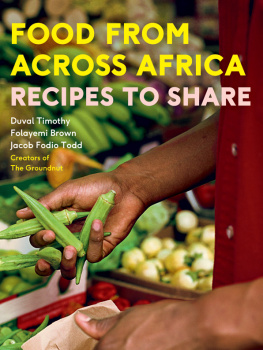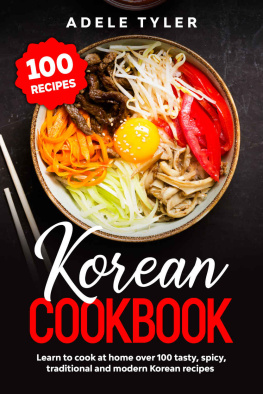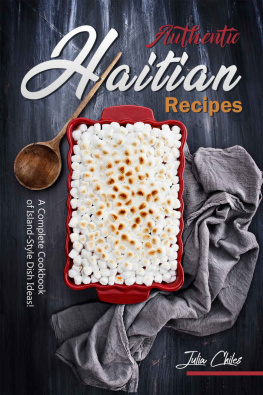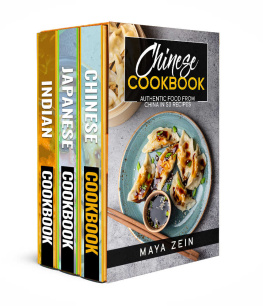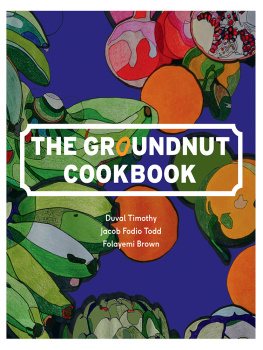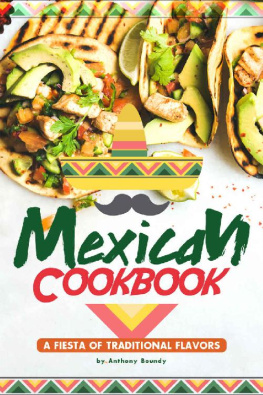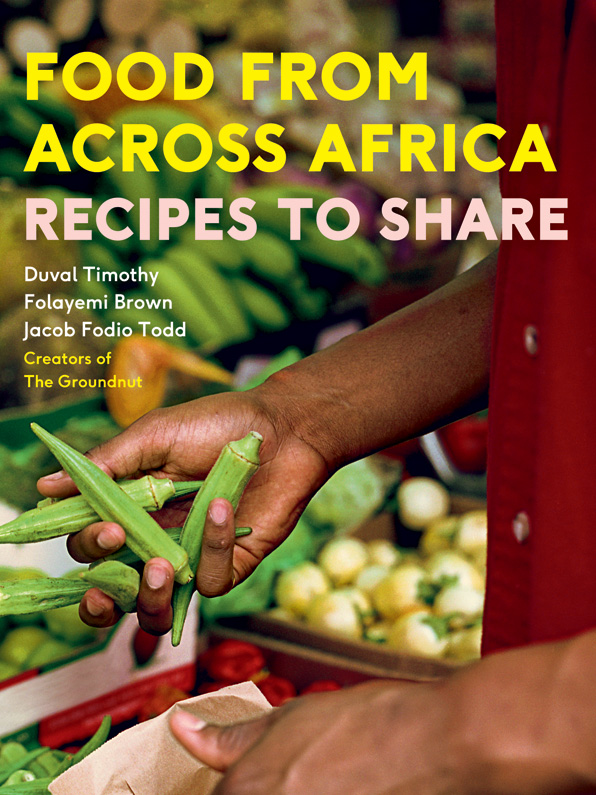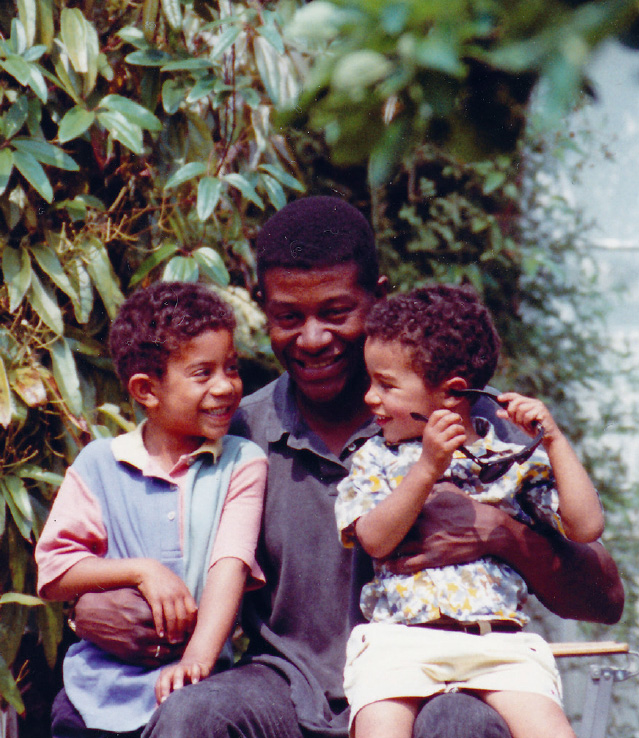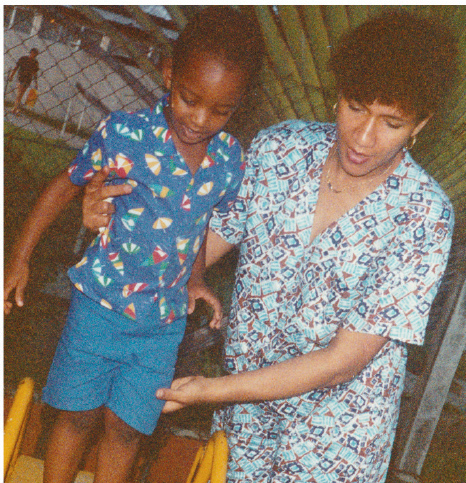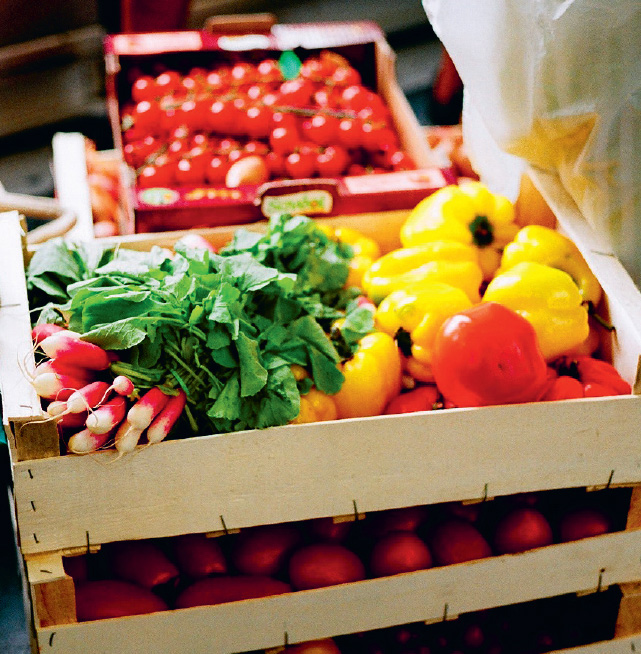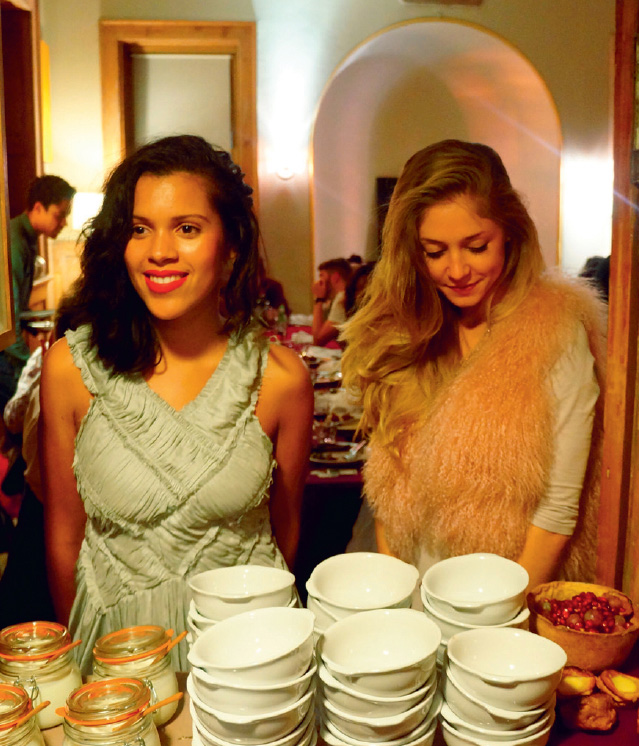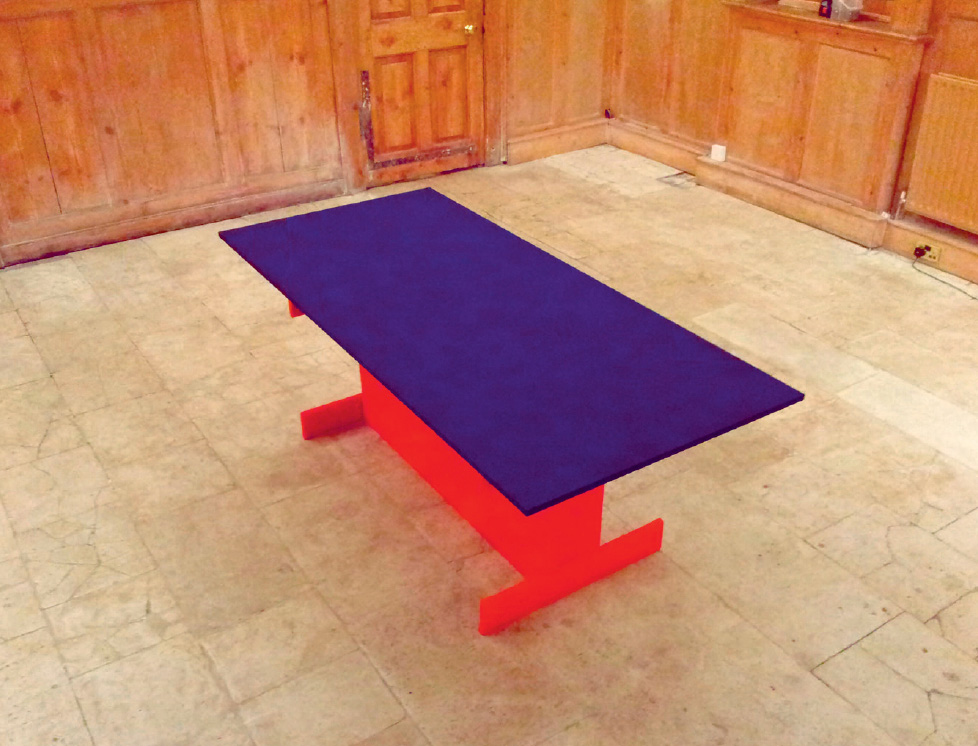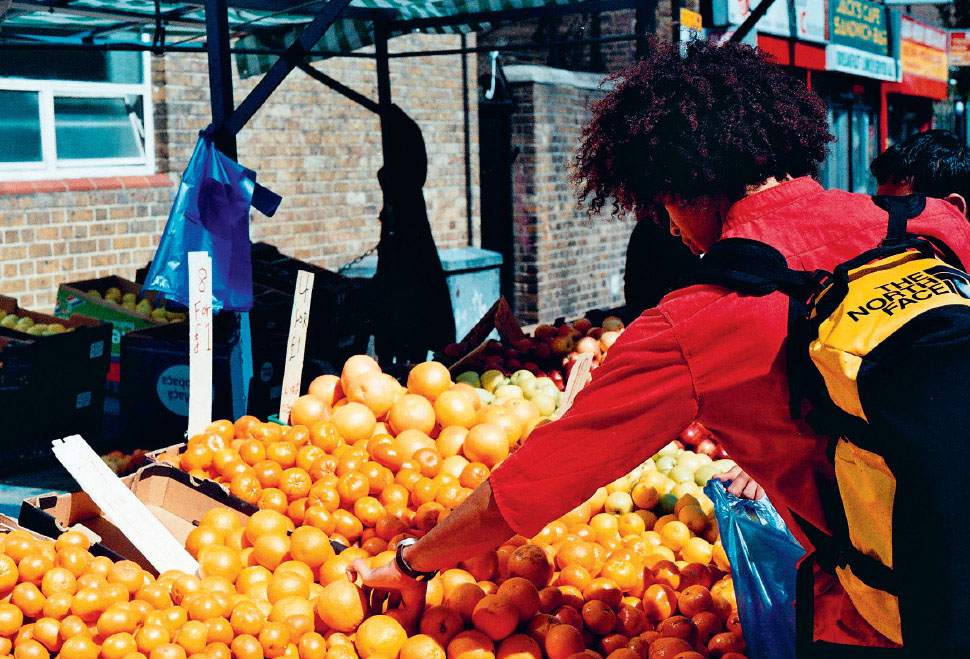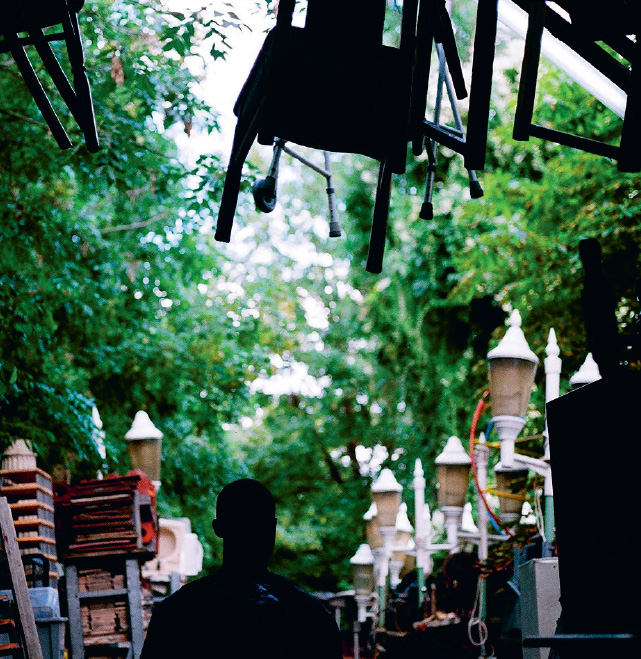Duval Timothy - The Groundnut Cookbook
Here you can read online Duval Timothy - The Groundnut Cookbook full text of the book (entire story) in english for free. Download pdf and epub, get meaning, cover and reviews about this ebook. year: 2016, publisher: Ecco, genre: Home and family. Description of the work, (preface) as well as reviews are available. Best literature library LitArk.com created for fans of good reading and offers a wide selection of genres:
Romance novel
Science fiction
Adventure
Detective
Science
History
Home and family
Prose
Art
Politics
Computer
Non-fiction
Religion
Business
Children
Humor
Choose a favorite category and find really read worthwhile books. Enjoy immersion in the world of imagination, feel the emotions of the characters or learn something new for yourself, make an fascinating discovery.
- Book:The Groundnut Cookbook
- Author:
- Publisher:Ecco
- Genre:
- Year:2016
- Rating:4 / 5
- Favourites:Add to favourites
- Your mark:
The Groundnut Cookbook: summary, description and annotation
We offer to read an annotation, description, summary or preface (depends on what the author of the book "The Groundnut Cookbook" wrote himself). If you haven't found the necessary information about the book — write in the comments, we will try to find it.
With its diverse, delicious flavors, African food is some of the best on the planet, yet remains little known to many in the wider world. To introduce this wonderful cuisine, Duval Timothy, Jacob Fodio Todd, and Folayemi Brown started their popular bi-monthly London supper club The Groundnut to showcase the food of their childhoods, dishes that reflect their heritage in Western and Eastern Africa.
Based on their sold-out events,Food from Across Africafeatures both traditional recipes, many of which have been passed down through the generations, as well as experimental dishes using new ingredients and combinations: from the fragrant and ubiquitous West African dish, jollof rice, to innovative modern offerings like aromatic star anise and coconut chicken served in a steaming plantain leaf.Food from Across Africaincludes nine complete menus with dishes that complement and enhance one anotherfrom cocktails and juices to main courses, vegetables, sides, and desserts. Instead of making explicit distinctions, the menus represent the way these dishes fit together, whether attached by season, dominant flavors, or by another unifying point of inspiration.
Easy to follow and cook, each recipe includes a short history and uses ingredients found in local markets. Pork in Tamarind, Mustard Prawns, Baked Broccoli Falafel, Pineapple Jam, Spinach & Green Bean Salad with Peanut Pesto, Banana Almond Cake, Pickled Peppers, Baked Plantain, and much morethe mouthwatering fare inFood from Across Africais meant to be eaten communally, with family, friends, and neighbors, and enjoyed with all the senses. Our food encourages tactility, with influences form our childhoods growing up eating freshly picked mangoes sprinkled with salty chili powder, being served juice in a peeled, cored, and squeezed orange and hand rolling and dunking balls of eba into okra soup then straight into your mouth.
A celebration of a fascinating and flavorful culture, bursting with dozens of gorgeous full-color photos,Food from Across Africais a bounty of delights, presenting food that is simple, balanced, beautiful, and fabulous to share.
Duval Timothy: author's other books
Who wrote The Groundnut Cookbook? Find out the surname, the name of the author of the book and a list of all author's works by series.


